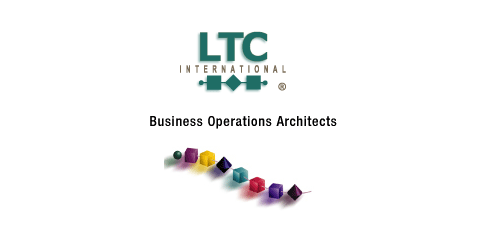|
|

article continued from
page 1
no failures in customer service due
to poor information, and that they receive
all inter-carrier settlements due to
them. This is not to say that there
are not good OSS/BSS products available
on the market – there are, and
we all have our favorites. But the total
operating environment, for many service
providers, is still not an enabler for
success, it is a source of frustration.
The challenge over the next few years
is not just to do better than competitors,
it is to survive in what is inexorably
going to become a commodity market.
A prerequisite for survival will be
not just highly cost-effective networks,
but also lean, low cost, low overhead,
highly automated, highly functional
environments that enable tighter management
of costs, assets and customer information.
So, in ten years time will things be
the same? What are the indications that
things will change? First, we hear from
some service providers that they are
going to be much smarter and firmer
in dealing with application vendors
and systems integrators.
|
|
"Profits
come from serving customers well,
at a price they are willing to pay."
|
|

And, secondly, that determination
is coupled with an increasing
realization (seldom voiced aloud)
of what being a facilities-based
service provider business entails:
It is essentially a commodity
business in which the commodity
is connectivity.
When we poll our service provider
executives in ten years time,
will the answers be different?
No doubt, they will still lie
awake thinking about how to be
competitive, how to manage costs,
how to make customers happier,
and consequently keep the investors
on board. Only if service providers
and their suppliers succeed in
developing the super-efficient
processes and support systems
needed to make profits in a commodity
connectivity environment can service
provider employees expect to spend
more of their time behind the
driving wheel and less time fixing
the engine.
|
|
|
|
| |
 |
|




